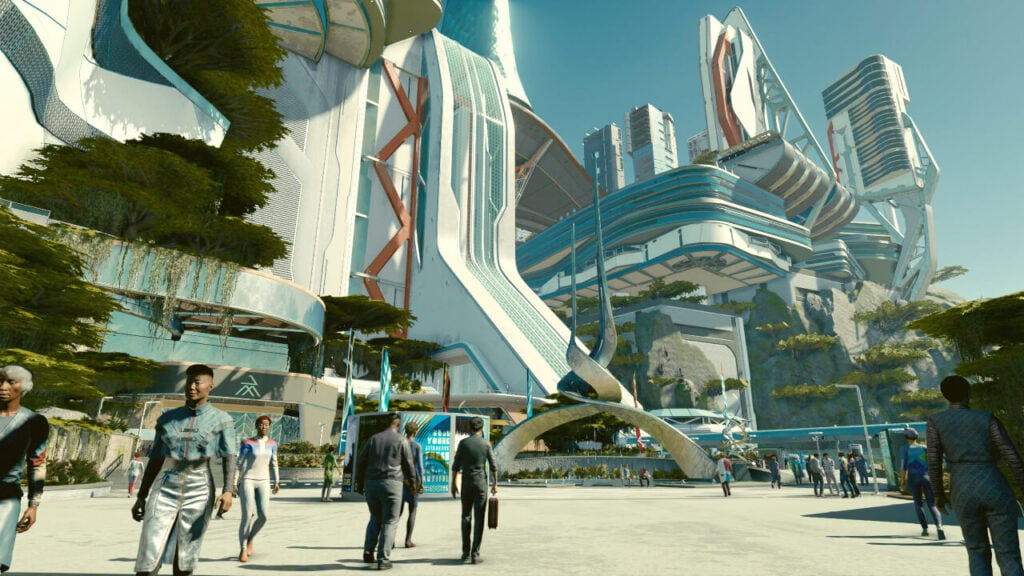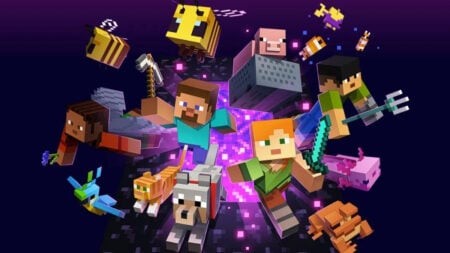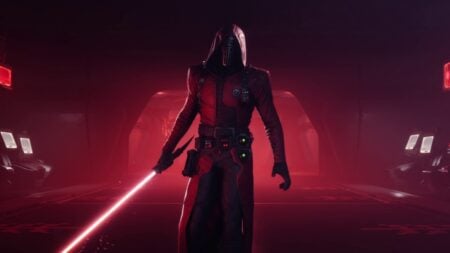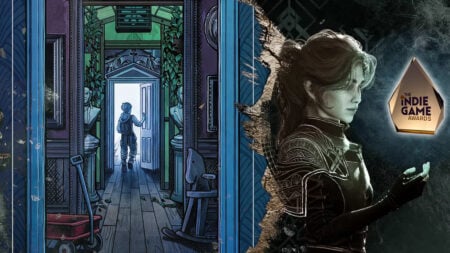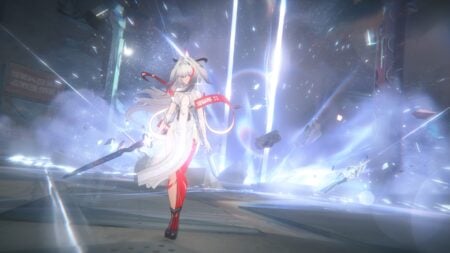Skip To...
Bethesda is known for the scope and complexity of its games, and Starfield is its most ambitious project yet. Even a development team as large and talented as Bethesda’s couldn’t handcraft 1,000 planets. The logical solution was to use procedural generation, a technology that creates locations algorithmically instead of manually. Proc gen allowed Bethesda to create numerous planets, which the team then populated with handcrafted Points of Interest, such as dungeons and settlements. Unfortunately, Bethesda’s use of procedural generation may have done Starfield more harm than done. Here are the ways this technique is letting players down.
Procedural Generation In Starfield

Starfield uses procedural generation to create the wild areas outside of cities across the game’s 1,000+ worlds. Exploration is a huge part of Bethesda games, and Starfield uses procedural generation to create the largest explorable area to ever appear in one of its games. Whenever the player approaches a planet, they have their choice of landing sites. Some of these contain major cities or important Points of Interest which are selectable from orbit. If the player lands anywhere else on the planet, however, the game procedurally generates an instanced location. These locations derive certain qualities, such as their flora and fauna, from the type of world they inhabit as well as their placement in that world.
From frozen tundra to boreal forests, there’s significant variation in the types of maps that appear. Once players begin to explore within, however, they discover few differences. In terms of significant discoveries and rewards for exploration, one territorial instance is almost exactly the same as every other. Points of Interest such as the science and mining facilities are copy and pasted from a handful of designs. This leads to an uncomfortable sense of deja vu as you fight and loot your way through areas you’ve already explored on other planets. Starfield’s procedural generation is great at creating locations but not at making them unique.
Bethesda’s Missed Opportunities

One thing that makes Bethesda games like Skyrim and Fallout 4 so compelling is the huge number of handcrafted areas. Cities like Neon and Akila City are extraordinary, but those are few and far between in Starfield. These are bolstered by a larger number of smaller handcrafted pieces, such as bases and space stations, that are distributed throughout the rest of the game. The result is that long stretches of time go by before you find something, and when you do, it’s probably something you’ve already seen before. Because of this formula, Starfield struggles to capture the magic of Bethesda’s earlier titles.
Starfield’s procedural generation isn’t awful, but it does represent a series of missed opportunities. Consider how other brilliant games use this technology. Dwarf Fortress generates lifetimes of lore for entire civilizations. Shadows of Doubt, meanwhile, uses proc gen to create the clues for elaborate mysteries. As a result, these games feel engaging and alive. Starfield had the perfect opportunity to take such an approach due to how it implements New Game Plus. Bethesda passed on that opportunity, however. NG+ is already great, but with proc gen storytelling for each playthrough, it could’ve turned Starfield into a true forever game.
Procedural Generation Lets Starfield Down

Procedural generation is capable of far more than Starfield uses it for, but that’s not to say that implementing these other possibilities would be easy. Many consider Dwarf Fortress the most complicated game in existence due in large part to its proc gen elements. To claim that Bethesda could have incorporated such a system easily would be disingenuous. The issue isn’t that the developer failed to replicate the most ambitious forms of procedural generation. The issue is that Bethesda settled for a formula that works against the developer’s greatest strengths.
It’s easy to argue against the use of Starfield’s procedural generation. Bethesda ignored the technology’s most ambitious possibilities in favor of something we’ve seen done better elsewhere. Bethesda should either have bitten the bullet and created a smaller number of handcrafted maps or doubled down on procedural generation’s unique potential. Instead, the game’s design leaves players with an awkward blend that damages the exploration experience while also stopping short of proc gen’s potential. None of this prevents Starfield from being a beautiful and engaging game, but it’s frustrating to know how much better it could have been.
Starfield is available for PC and Xbox Series X/S.

